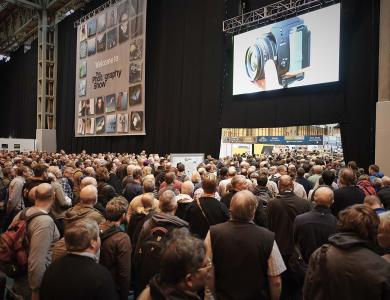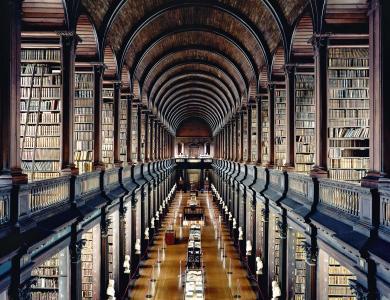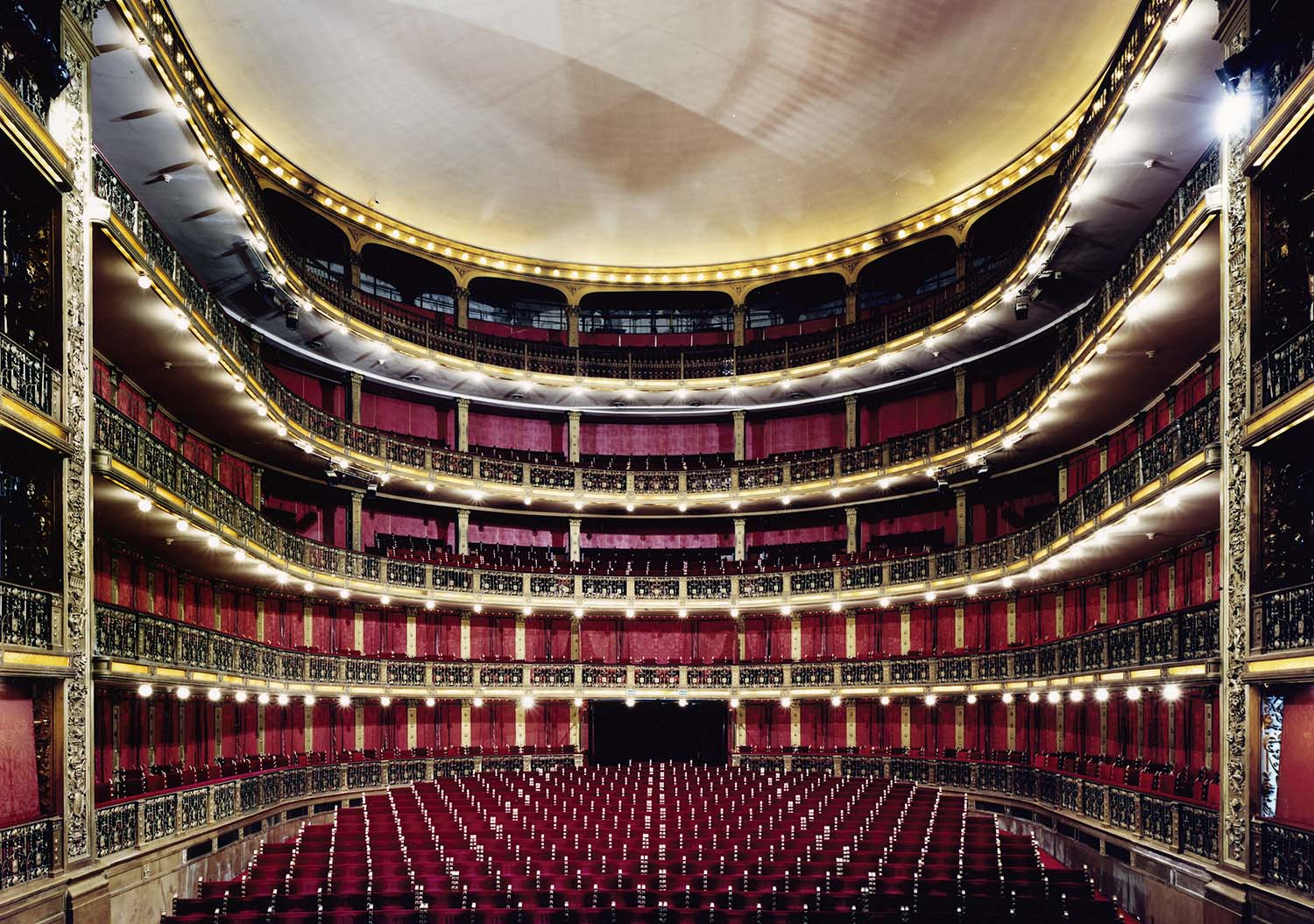
Since her days under the tutorage of renowned conceptual artists Bernd and Hilla Becher, Candida Höfer has roamed the globe, exploring the spaces, objects and interior grandeur of some of the world's most intriguing buildings.
With her large-scale, mostly colour work (she was among the first of Becher’s students to embrace colour) from St. Petersburg and Dublin to Philadelphia, Düsseldorf and Napoli, Höfer has proved master at the art of the interior portrait. No longer just documents of impressive architectural feats, her images have become part of the visual record of our history and culture.
As we announce Candida as the recipient of the 2018 Outstanding Contribution to Photography award, a prize given to the likes of Mary Ellen Mark, Eve Arnold, Elliott Erwitt and William Eggleston, we speak to the artist from Paris about how she chooses her spaces, her memory of an inflatable frog, and her wise advice to young photographers.
Candida will be presented with her award at a ceremony in London on the 19th April. A personal selection of her works will be shown at the 2018 Sony World Photography Awards Exhibition, from 20th April - 6th May. The show will include three of her most notable large-scale pieces – Musée du Louvre Paris XXI 2005, Hermitage St. Petersburg VIII 2014 and Trinity College Library Dublin I 2004 - which are on loan from Ben Brown Fine Arts, London.
Hi Candida, thanks for talking with us! Do you remember your first experience with photography or picture making? Perhaps the first time you picked up a camera, or the first print or image that had an effect on you?
I can still remember that as a little girl - I must have been about 6 years old - I had to make a choice if I would like to have a camera or an inflatable frog. I chose the frog. I got my first camera when I was 18 - it was a Rolleiflex. You had to look into a shaft viewfinder, which helped me to concentrate.
What does photography mean to you today versus when you started out?
It is still the best way for me to make images.
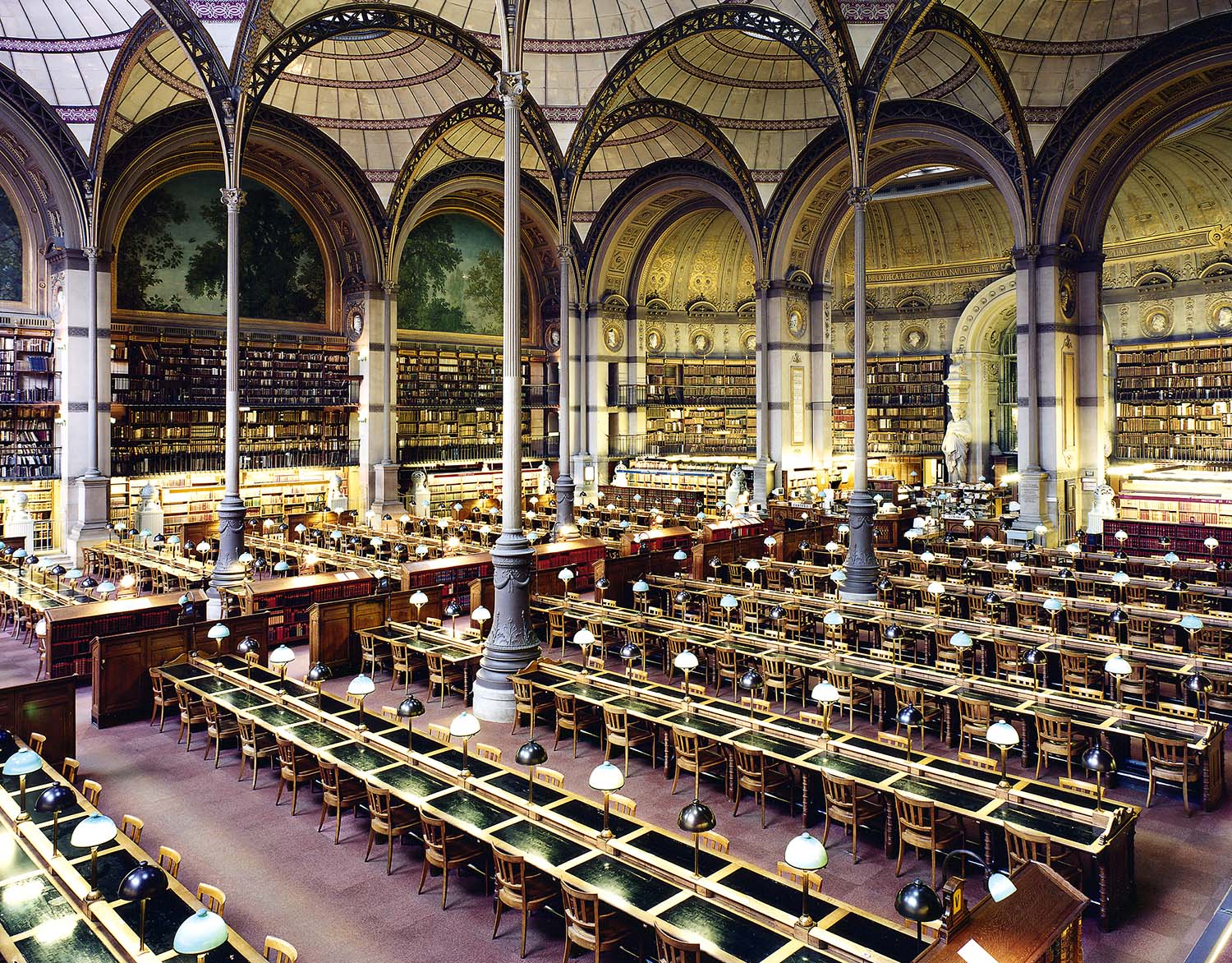
Take us through the planning and logistics for a typical shoot. Do the ideas for work come spontaneously from your travels or do you seek these spaces out?
Let us say it is a place I've had on my wishlist for a while. I have done some research on the place. I would then ask my gallery there or friends to take a snapshot to have an idea how the places look like now. I then ask permission. Once I have the permission I plan my travels. At the place, I usually get time slots before and/or after opening hours. Then my assistant and I go from room to room. Usually, we ask that someone from the place accompanies us so that we can ask to open and close curtains, to switch on or off the lights in the room. I do not bring any lighting equipment, I always use the light in the room, natural or artificial or both. I usually find the spot from where to take the picture rather quickly; the space dictates it, and my experience consents. Back at the lab, usually after a while after I have taken the photograph, I work on the image. I do not try to reconstruct my impressions from the space. It is the image before me that has my concentration. Then when I am satisfied it goes to final printing. In parallel, while I am traveling I use a small handheld digital camera and shoot whatever seems interesting. It is a nice supplement to my other work, which is so heavy with organization.
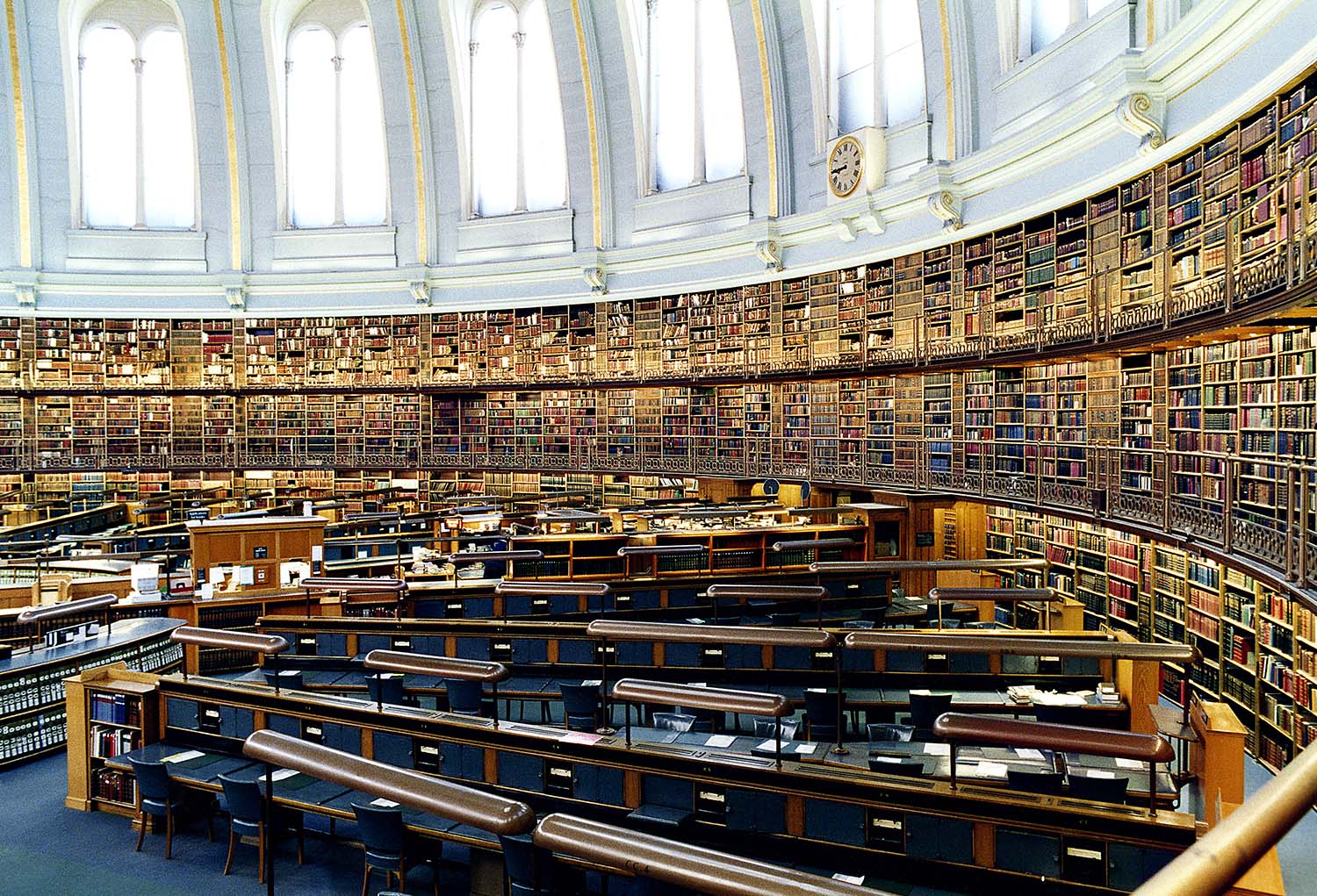
What is it about a space or building that makes you want to come back and photograph it? Is there an instinctive feeling or are there some tick boxes each place has to fulfill?
First of all the spaces are sometimes so far away, or they are open only for a limited time, or a permission is running out so that I cannot count on "coming back" to take the photograph. After the preparation, as I have described it, I have to take the photograph or leave it. The room within the spaces, the spot from where to photograph in the room are matters of experience, I think. And the result of a sort of silent conversation between the personality of the room and me.
How important are the objects within your images - the books, the tables, the chairs, the ornaments? These are the items that not everyone might see straight away, but that often end up as the talking point of the photographs
The elements in a room are important, indeed. When I am taking the photograph I rarely perceive them separately but as an integral part of the room. When I have the image before me in the lab I start to take them in individually. I think it is an advantage of the medium that I can create an image that is inviting a slow gaze, a discovery process for the viewer, just as I experience it in the lab with the image before me.
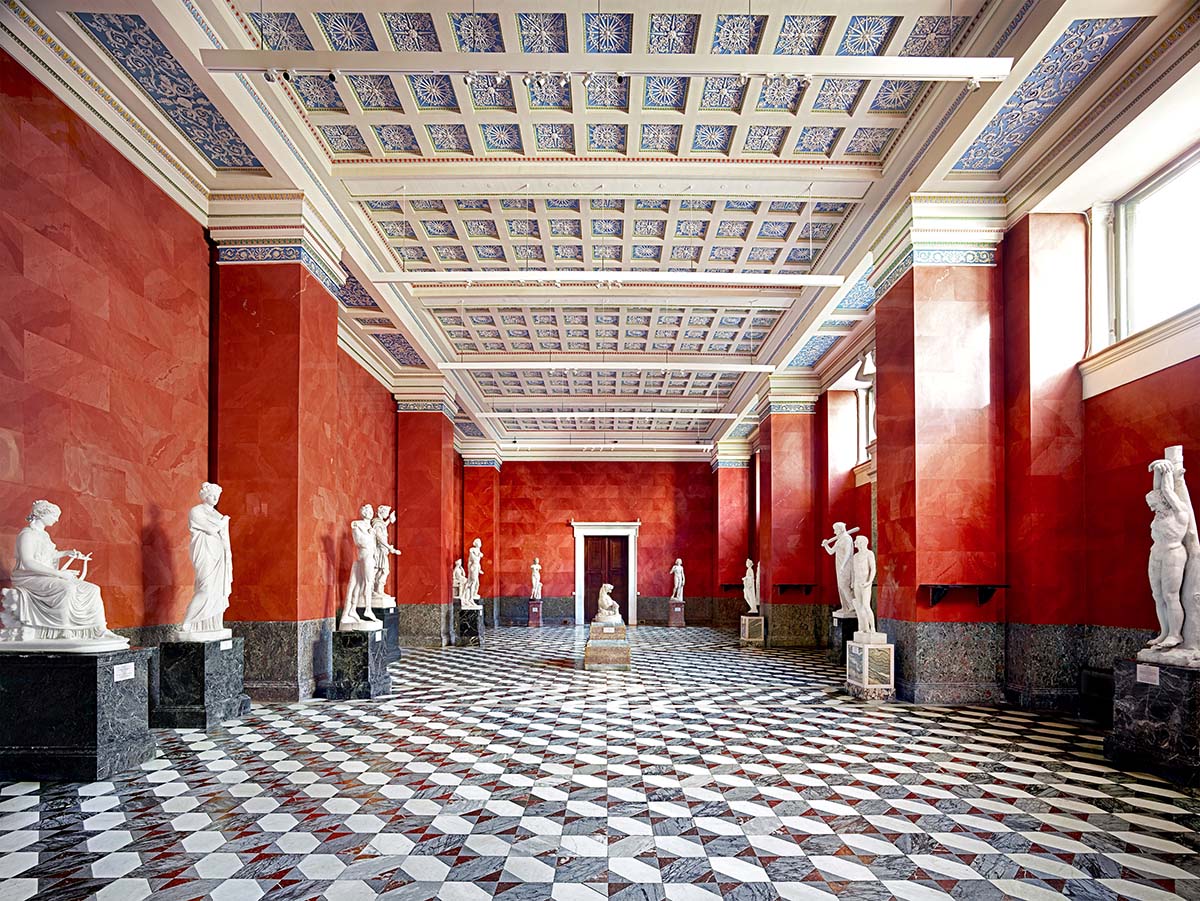
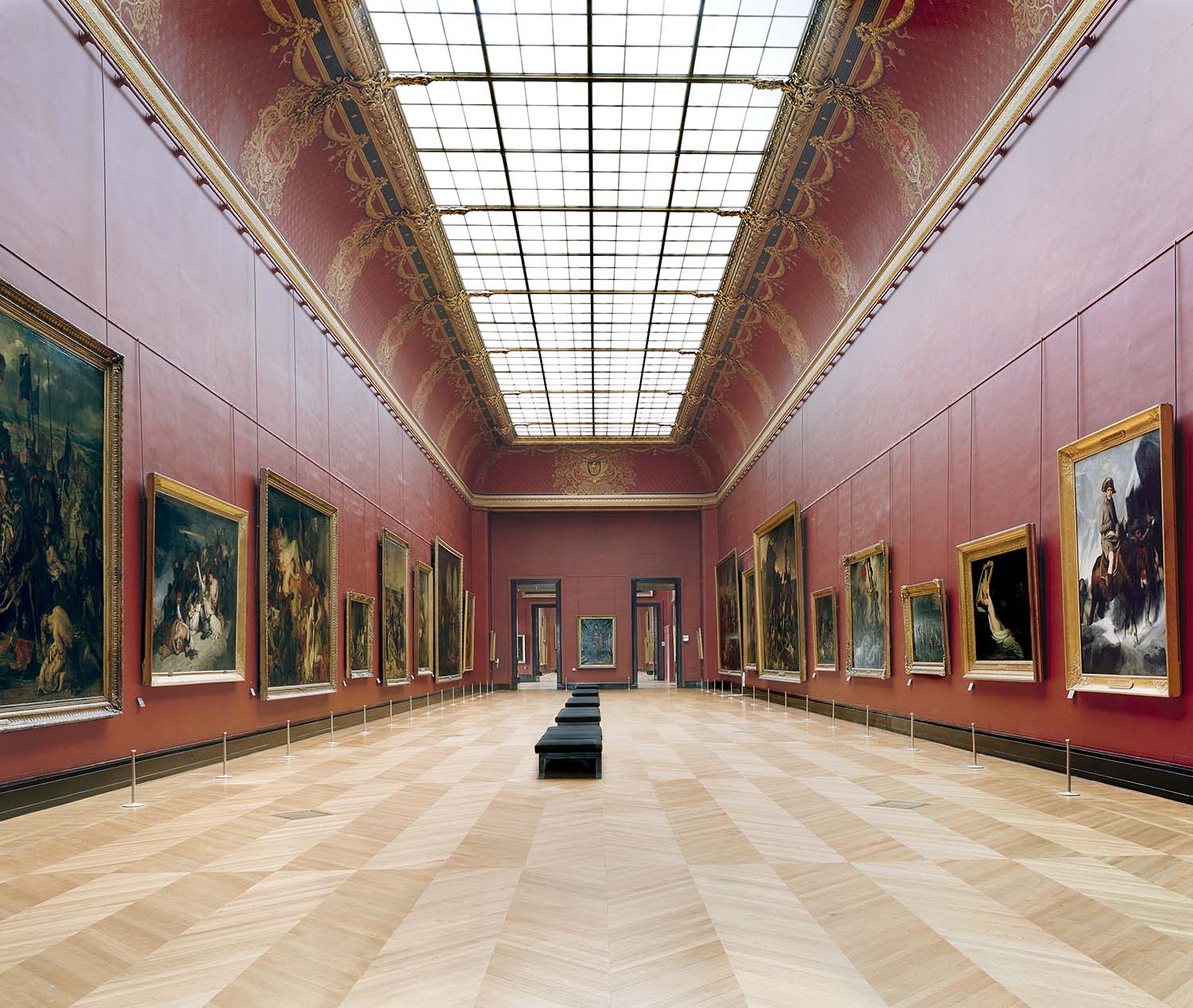
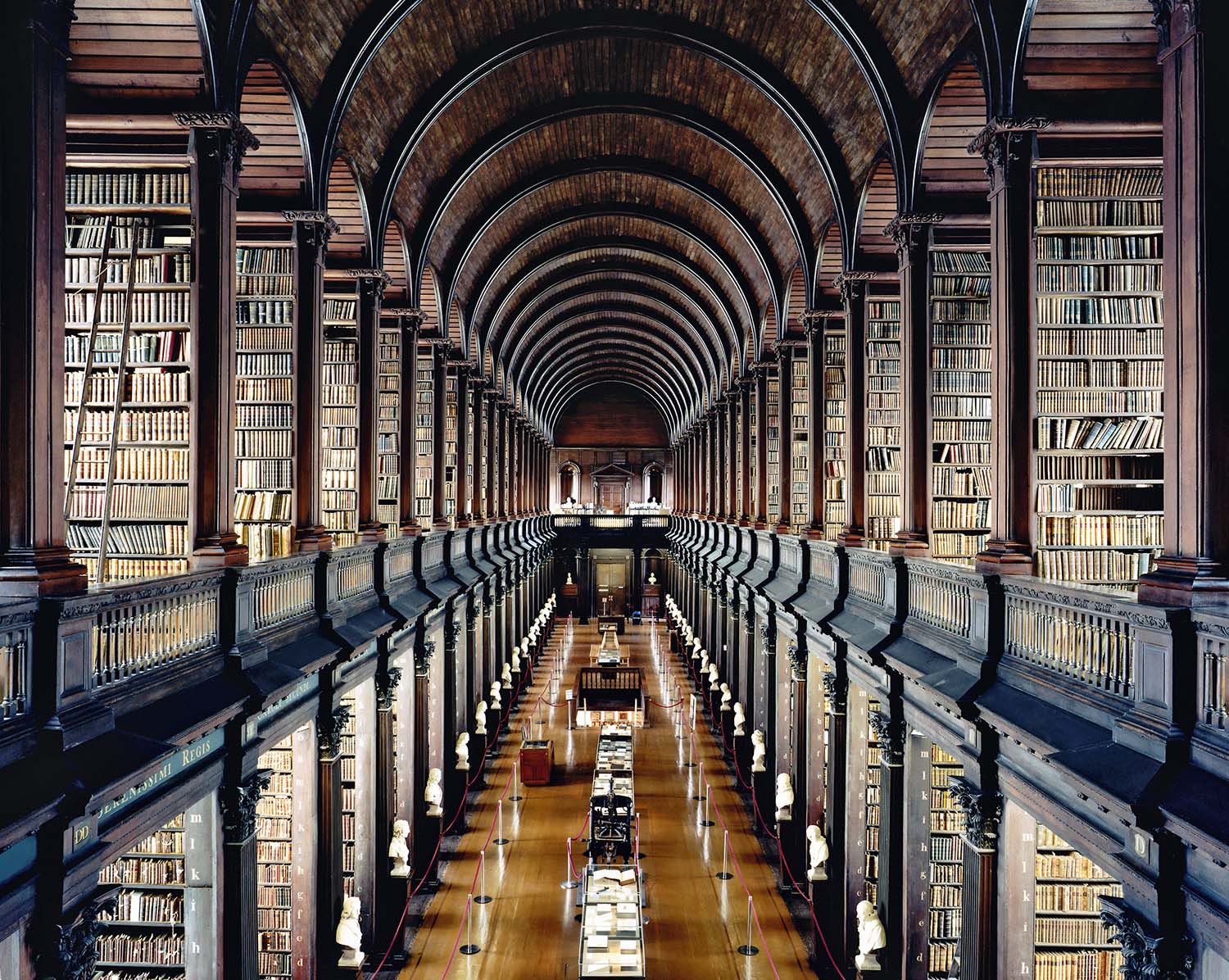
You learned from the masters of black and white architectural photography, in the Bechers, but your work has focused on the use of vibrant colour and contrast. Can you talk about your relationship to both black and white, and colour photography? Has it changed over the course of your career?
The Bechers did not regard themselves as photographers of architecture; they were recognized early on as artists using photography. I have used black and white myself. Over time, however, I have realised that for me personally, black and white photography creates a kind of distance to my objects that I felt uncomfortable with.
In your eyes, how has the role of the photograph in society changed?
I have never focussed on photography as such that I feel I can make a meaningful statement on its role in society, beyond the obvious. Photography is just an artistic tool for me, like a canvas, paint, and brushes and I'm glad it is receiving acceptance as an art medium.
If you could give one piece of advice to young photographers, from many walks of life, what would it be?
Patience and perseverance.
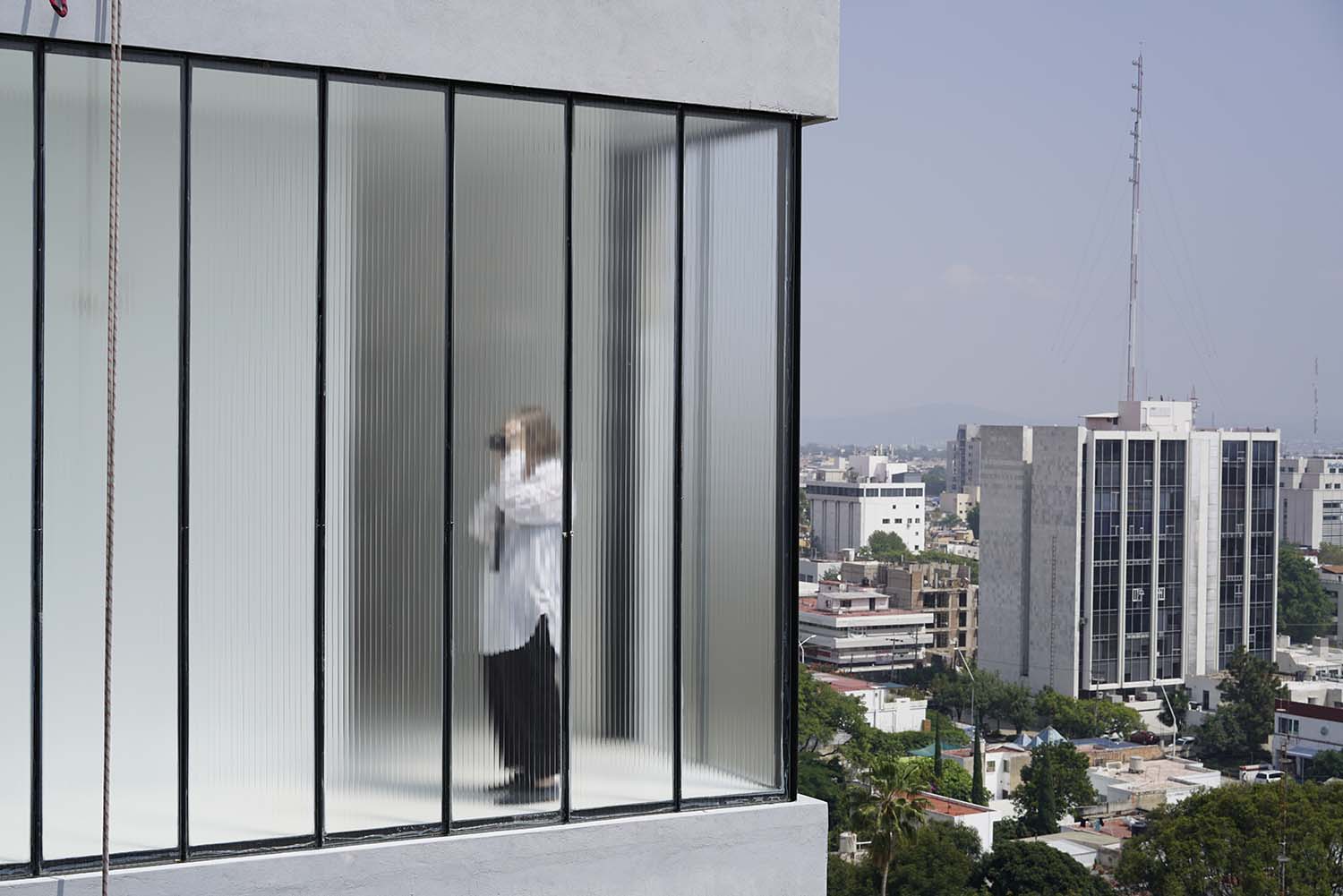
What excites you most about the photography world as we move through 2018
As I have said before photography is just a tool for me. I try to keep it that way and do not want to be overwhelmed by its ever-increasing possibilities. It is the spaces that excite me. But I am a curious person. So I always like to learn more about upcoming technologies, like portable 3D scanners - not how they function, just what kind of images they produce.
What do you think are the biggest challenges we face as an industry?
To keep on producing good photo paper.
Where in the world are you? Can you tell us about any projects you are currently working on?
I am once again in Paris, always an intriguing city, and fortunately not so far away from my hometown. There are quite a few places I have not seen yet, and I look forward photographing in some of them. More I cannot say yet, I have to wait to see the images before me. And at my lab, I have to finish the photographs I took in Moscow a good while ago...
benbrownfinearts.com
worldphoto.org/exhibition


